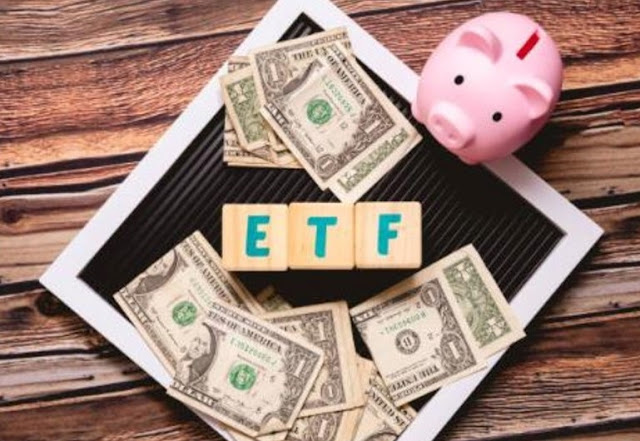Investors can consider the
quality of the ETF with a strong interest in ESG issues. Consider what an ETF
costs, how risky it is and its potential to perform when choosing an
investment. Also consider the expertise of the investment team and any
associated costs.
You should further assess the
vehicle's ESG-sympathetic strategies by analyzing the ETF's holdings.
ESG is a term for environmental,
social and governance factors considered when investing. It’s also shorthand
for Environmental, Social and Governance Indexes considered when investing; the
ESG Indexes correlate with high profitability.
The easiest way to invest in
companies that care about the environment is through ETFs. These are also
chosen by individual investors.
This research will provide new
insights into the positive benefits of investing in assets with high ESG
scores. Both financial assets and ESG ratings have the potential to positively
influence the world in the future.
Our research
provides many possibilities for exploring other aspects of financial markets
contagion. These include exploring systems monitoring risks, incorporating ESG
investing factors into financial stability programs, and creating indicators to
improve risk monitoring to encourage ESG values as key elements of stability.
II- Financial ESG (Environment, Social, Governance) criteria are added to ETF construction methodology
ESG standards are important
parts of the decision-making process for financial institutions. They include
key environmental, social and governance factors. This makes them key
components of regulatory and government objectives. ESG standards are also
important parts of the world's most relevant asset managers.
The Environmental Score
measures how well a company manages their environmental impact.
Companies must manage their
relationships with stakeholders in a socially acceptable way. Furthermore,
corporate governance features safeguards for shareholders' well-being.
The iShares
Global Clean Energy ETF has an MSCI score of 8.7 and AAA rating. Its S&P
Global Clean Energy Index is tracked by the ETF.
The Oxfam
confers significant power over solar and wind technologies, as well as many
other companies. It also holds equity in 83 different businesses.
Businesses
demonstrate concern for the environment by choosing to reduce their carbon
footprint, using sustainable energy, working in LEED-certified buildings,
reducing waste, developing clean technologies and/or doing something for the
environment.
III- ETFs that replicate indices that integrate extra-financial ESG (Environment, Social, Governance) criteria are known as ESG ETFs
One study used 80% of global
ETF management volume as a measure for its four quartiles.
She then divided the 100
equivalent ETFs into four groups based on their ESG scores.
From 2021, quarterly ESG
scores are available for ETFs.
These scores determine the
progression of ETFs on the scale from highest to lowest ESG score.
None of the ETFs in this study
have changed by 2021.
They all only changed between
the two semesters of 2022.
Index exclusion funds track
the S&P 500 and generally perform similarly to the S&P 500.
This makes it a good choice
for beginner ESG investors.
Issues such as climate change,
social justice, and governance concern long-term investors. Indeed, the growth
of this specific industry is expected to continue due to these concerns.
ESG ETFs encourage investors
to invest in stocks that align with their values, such as climate change,
social justice, and good governance.
The data we gather comes from « REFINITIV », which provides us with
aggregated information on ETF ESG scores.
The institution’s growing ESG expertise continues to push forward its
global reach in financial information.
The incorporation of this organization into a research project allows its
findings to be replicated in other countries and financial markets.
« REFINITIV » gives a global view of
studies on environmental, social, and governance issues. It also improves the
data collection and reporting systems in financial markets.
Currently, there's a lack of comparability between information providers
when it comes to ESG data.
*If you find this article useful, donations are always appreciated.
Paypal address:
elharrazrachid3@gmail.com

